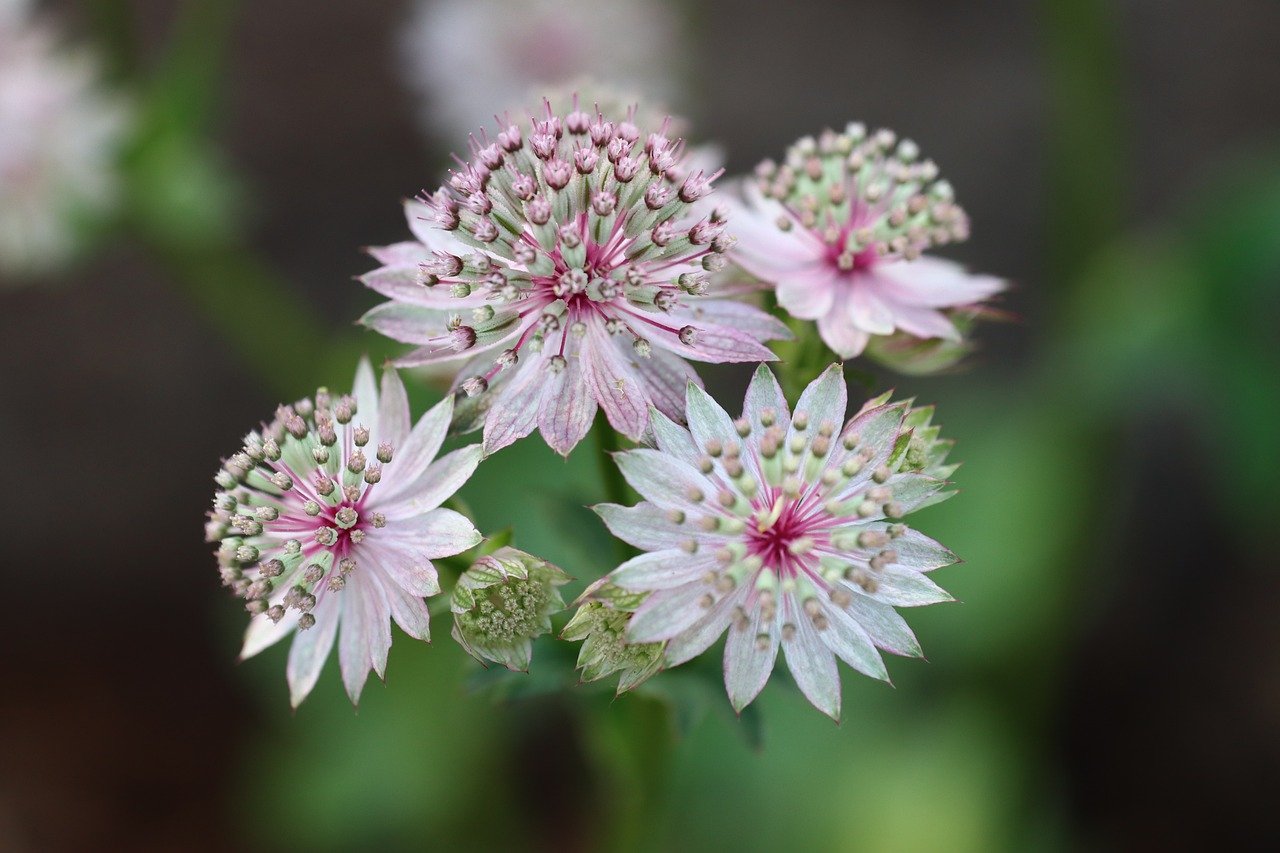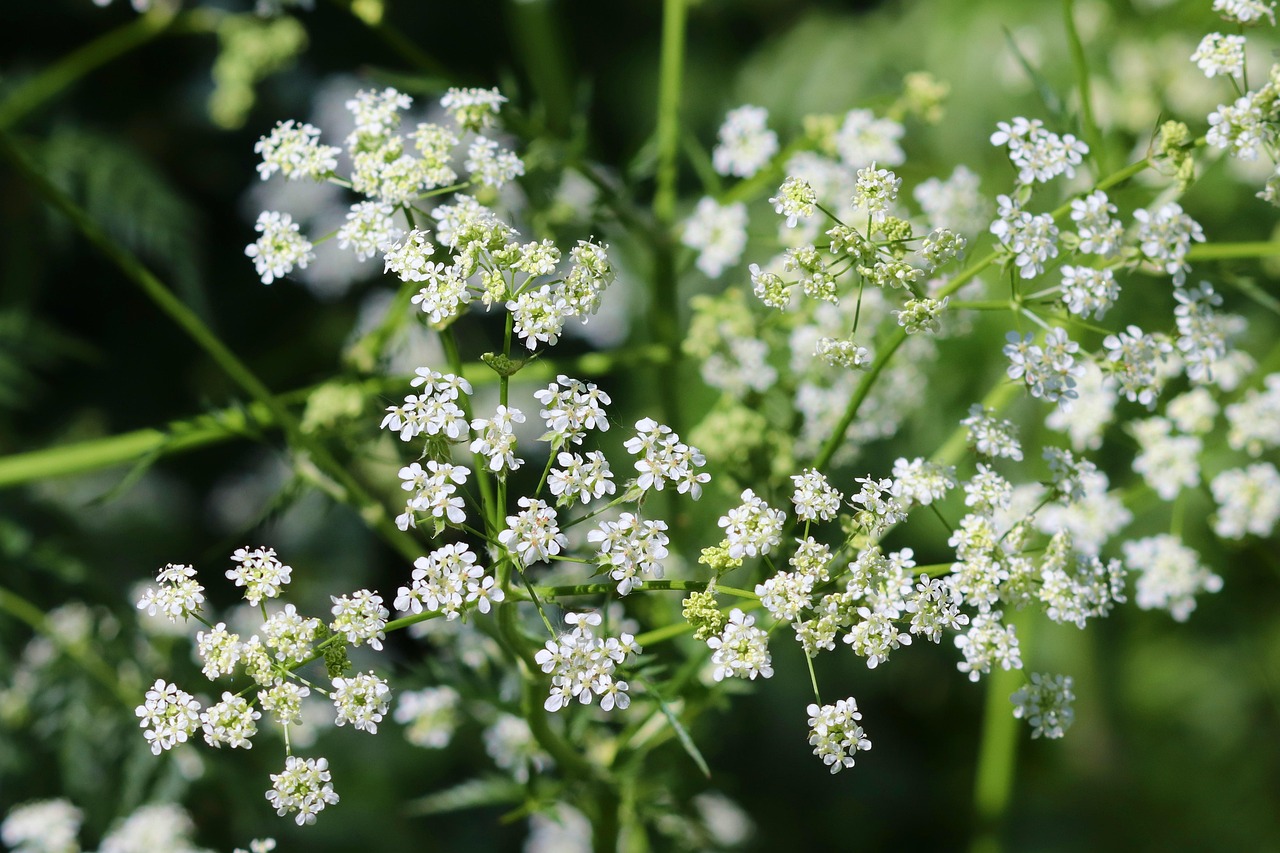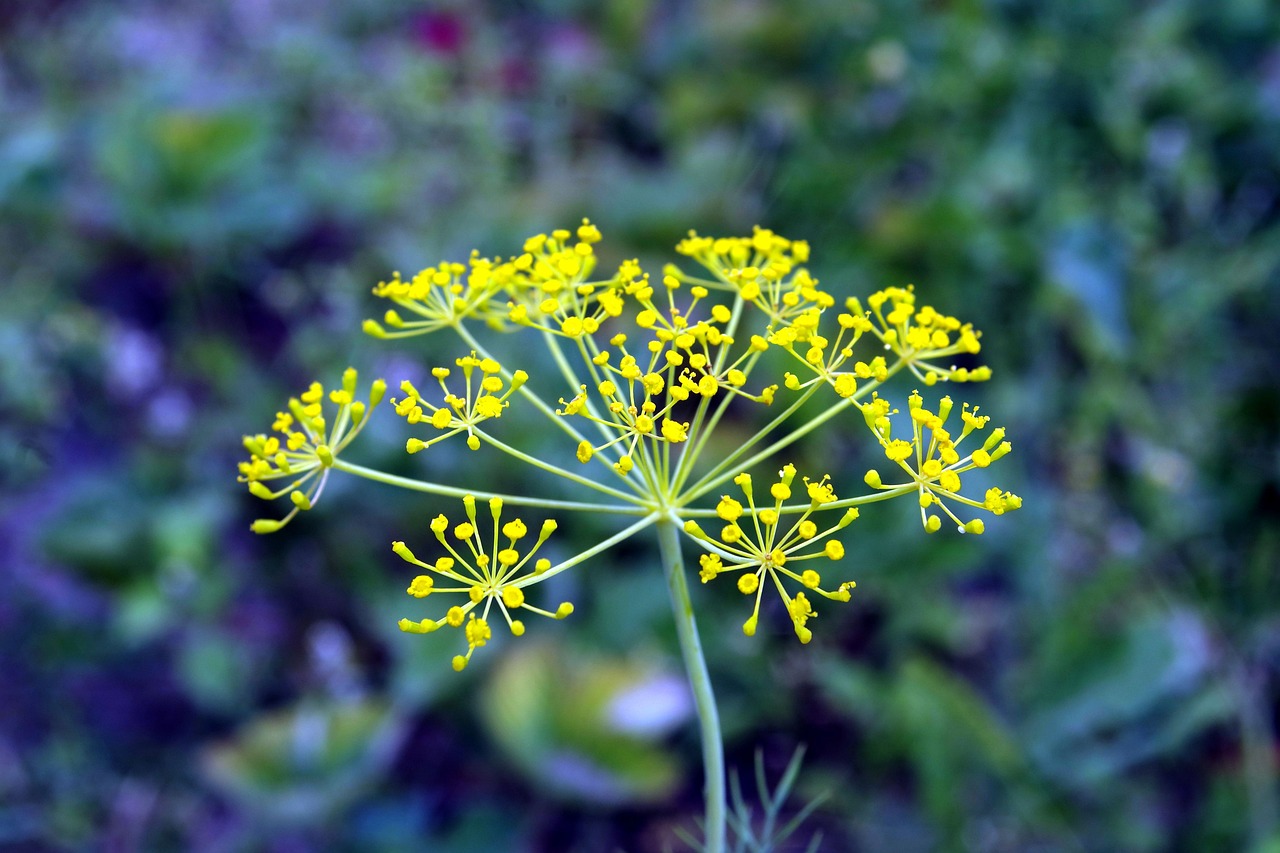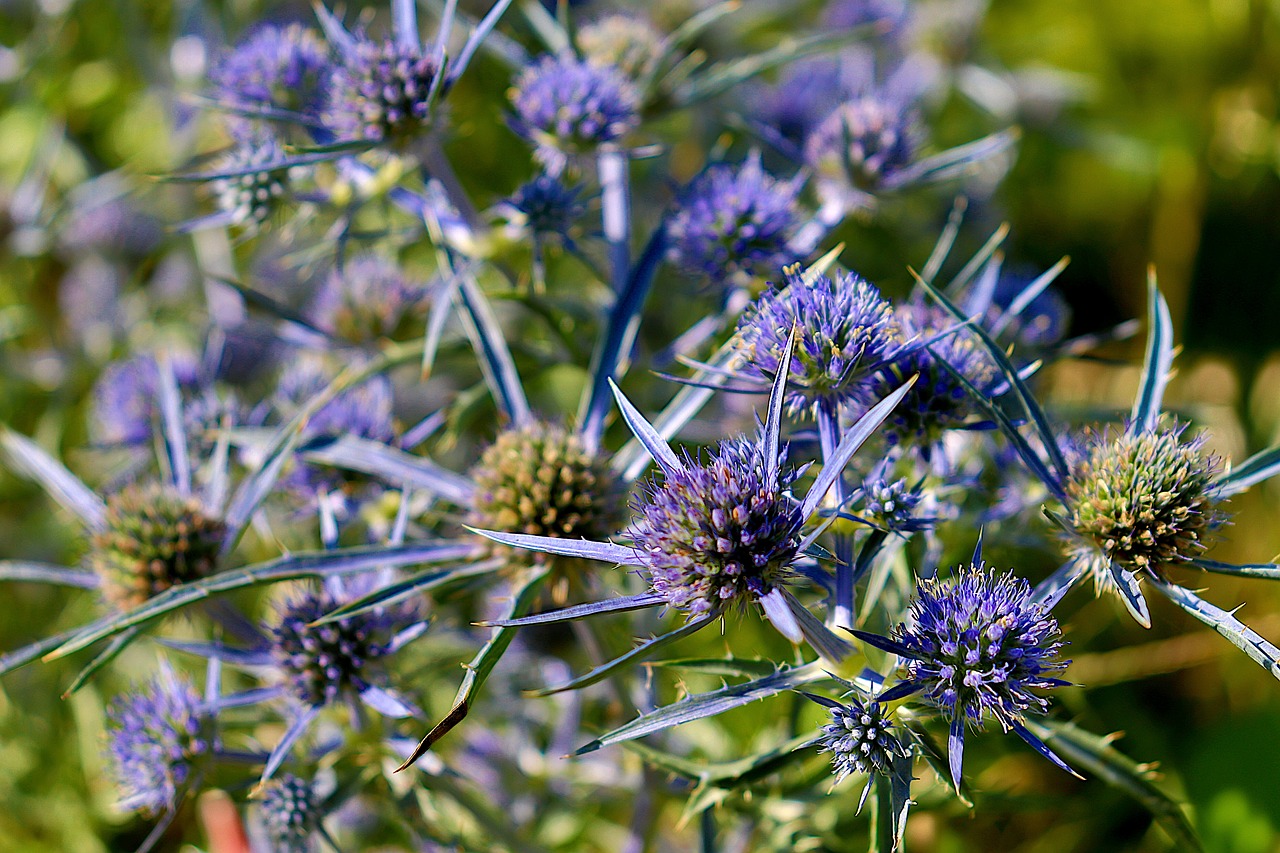Fennel | A Fragrant Herb Breathing Through Rituals and Everyday Life in Mediterranean Culture
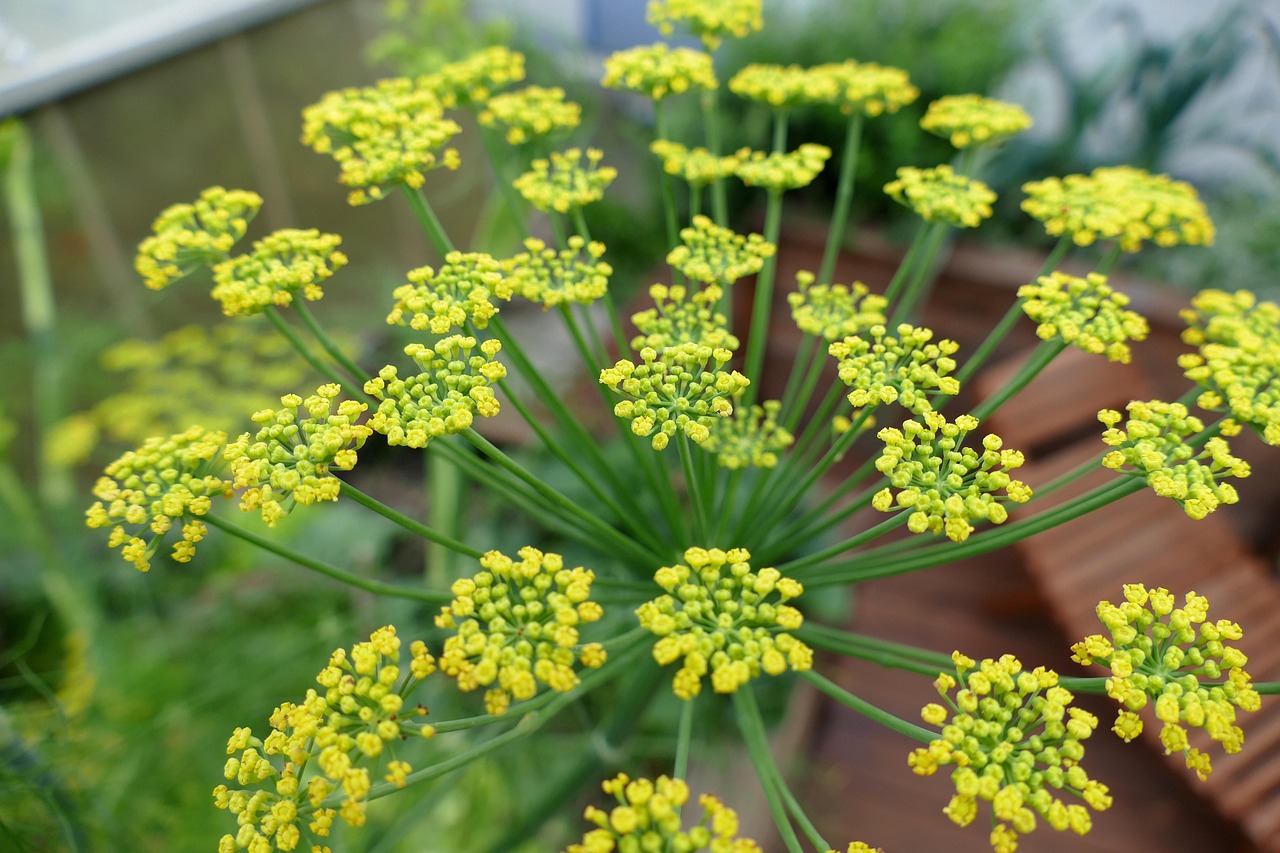
Fennel is a perennial plant of the Apiaceae family, native to the Mediterranean coast, characterized by its finely feathered leaves and distinctive fragrance.
From ancient times to the present day, it has been regarded as a culturally significant plant in many regions, permeating people’s lives through gardens, rituals, and culinary traditions.
In this article, I introduce not only the basic information about fennel but also cultural aspects from various regions today, episodes based on its historical background, and practical advice for cultivation.
Basic Information
- Scientific name: Foeniculum vulgare
- Family: Apiaceae
- Origin: Mediterranean coastal regions
- Appearance: When mature, fennel grows to about 1.5–2 meters tall, with soft feather-like leaves and small yellow flowers that bloom in summer. Its hollow stems, pale green in color, emit a unique fragrance.
- Flowering period: June–August (early to mid-summer)
Cultural Characteristics Worldwide
Fennel continues to hold cultural value in daily life, horticulture, and rituals across many regions.
In Europe, especially in the UK and France, fennel has been cultivated in traditional herb gardens, particularly in country-style or monastic gardens. Planted in gardens, it is appreciated not only for its fragrance but also for its graceful appearance swaying in the wind.
In Italy and Spain, the leaves and stems of fennel have long been used in local rituals and family traditions. For example, they are sometimes used in Easter or saints’ day decorations, and many households continue the practice of planting it in gardens or balconies as a fragrant plant.
In India and the Middle East, fennel is grown as part of the broader culture of herbs. Even in modern households, it is sometimes cultivated in small garden corners or herbal plots for ornamental and aromatic purposes.
In the Arab world, the tradition of integrating aromatic plants into daily life remains strong, and fennel is still cherished as one of these plants.
In recent years, fennel has also gained popularity in edible gardens in urban settings, such as home vegetable gardens and balcony gardens, where it is valued for both fragrance and practical use.
Historical Episodes
The history of fennel is extremely old, with records dating back to ancient Egypt, Greece, and Rome.
In ancient Greece, fennel was called marathon (μάραθον). The famous “Battle of Marathon” (490 BCE) derives its name from the abundance of fennel in the area, making the plant a symbol of the event.
In Greek mythology, it is said that Prometheus used a hollow fennel stalk to deliver fire from the gods to mankind, making fennel a symbol of “wisdom” and “the light of civilization.”
In ancient Rome, fennel was valued not only as a fragrant plant but also in religious rituals and decorative purposes. Pliny’s Natural History includes detailed descriptions of fennel, suggesting its common use in daily life.
During the Middle Ages, Charlemagne included fennel in his Capitulare de villis, a decree that encouraged the cultivation of certain plants in monasteries and estates. As a result, fennel spread widely in monastic gardens across Europe, where monks managed it carefully.
In medieval England, fennel was used as decoration for midsummer festivals and as a protective charm. People believed that hanging it on doors or placing it at the corners of houses would ward off misfortune. Records from 17th-century rural England confirm its significant role in local traditions and beliefs.
Gardening Advice
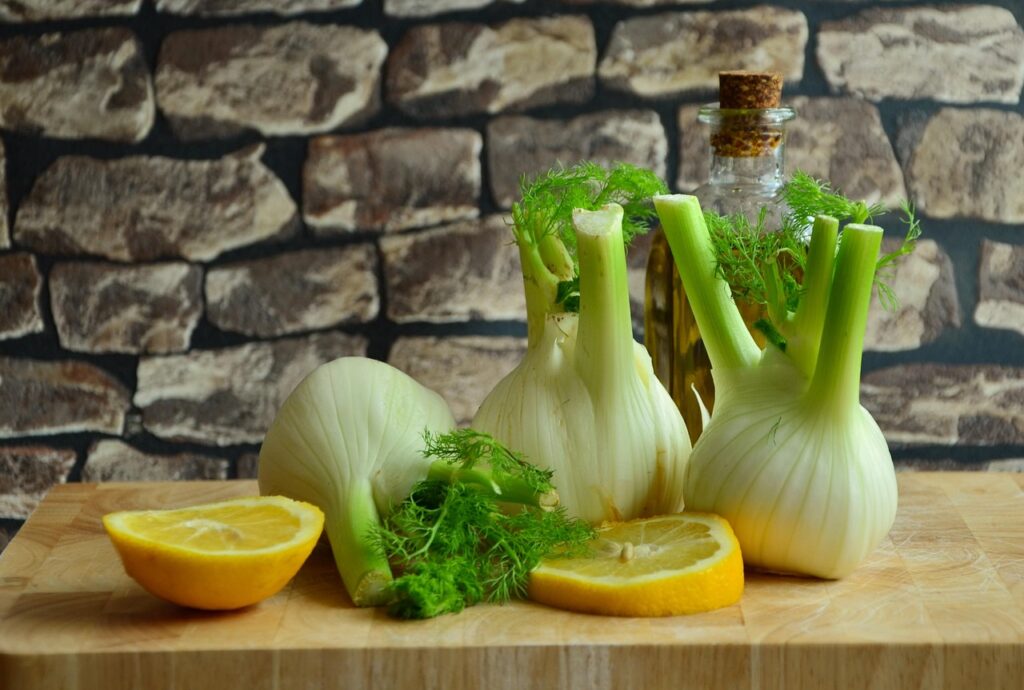
Fennel is relatively easy to manage and adapts well to seasonal changes. Here are some key tips for cultivation:
Sunlight
Choose a sunny spot. It prefers direct sunlight, and lack of light may cause weak growth.
Watering
Water generously when the soil surface dries out. Avoid excessive moisture, and ensure proper drainage in pots.
Soil
Fertile, well-drained soil is ideal. It prefers neutral to slightly alkaline conditions; lime can be added if necessary.
Fertilizer
Apply slow-release fertilizer once a month during the growing season (spring–summer). Avoid over-fertilization, as it may cause excessive growth.
Maintenance & Pruning
After flowering, cut back stems to keep the plant tidy and improve ventilation. Support tall stems with stakes to prevent lodging.
Propagation
Easily propagated by seed. Germination occurs at 15–20°C, making spring sowing suitable.
Conclusion
Fennel is a fragrant plant inherited across the Mediterranean cultural sphere. From ancient Greece and Rome to medieval monastic traditions, it has been deeply tied to culture and religion, leaving numerous records.
Today, fennel continues to be loved worldwide as a garden plant, ritual element, and decorative herb. Its fragrance and graceful form remain gently rooted in everyday life.

